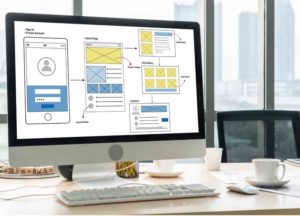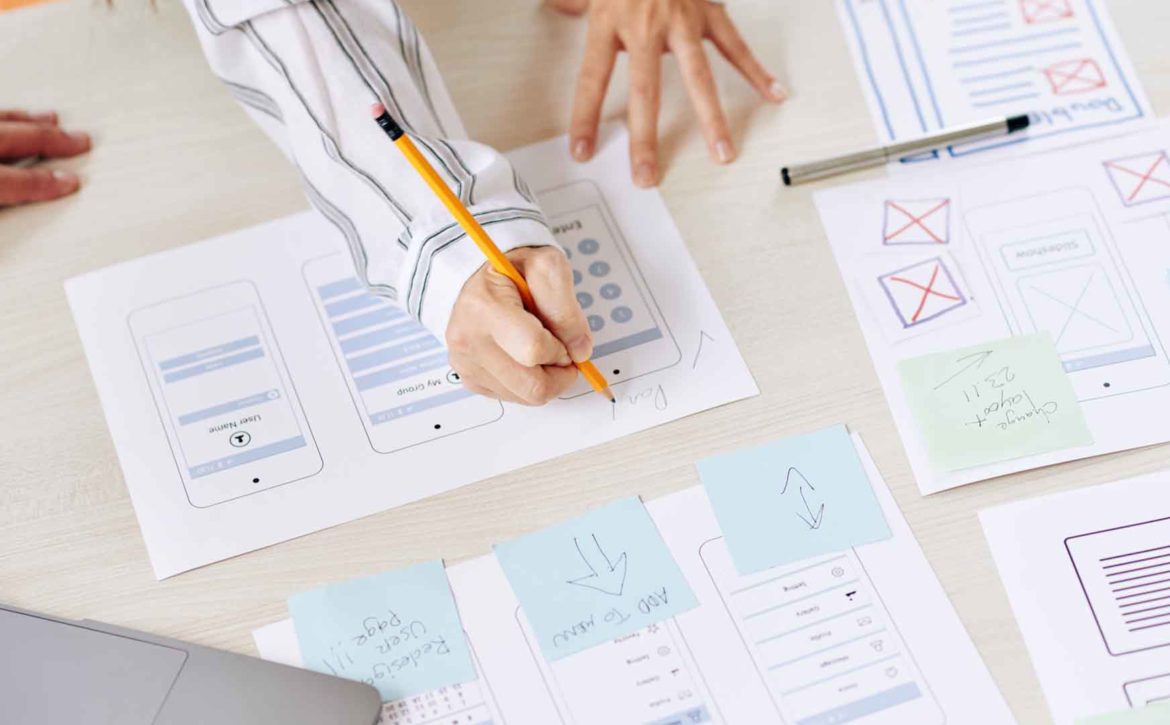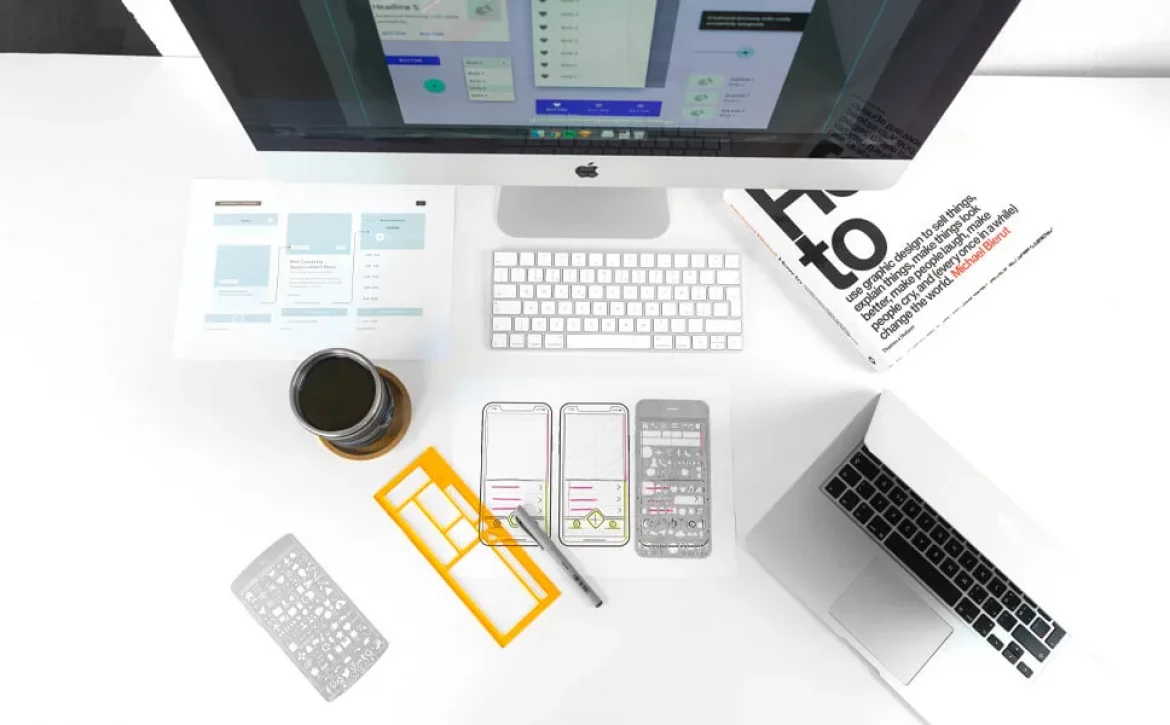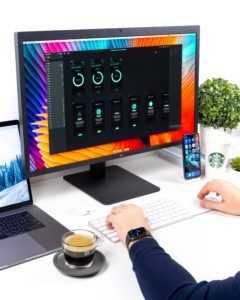How to Prototype & Test Your Product Idea with Prototyping: A Quick and Easy Way to Test Your Ideas
Let’s say that you’re in the process of developing and building a new product. You and your team know how you want your product to look and work but you need your design to be validated before sending it off for final production. This is where the prototype testing of your product comes in handy.
The prototyping process is an important step in converting your ideas into a reality in the realm of product development. Before spending a considerable amount of time and resources into production, prototyping helps you test and enhance your product design. This blog will walk you through a quick yet simple prototyping method for testing your product idea. It will inform you about the different types of prototype testing methods, how to build a prototype, the different types of prototype models and the advantages and disadvantages of prototyping, allowing you to gather useful insights and make educated decisions early on in the development process. By following the stages of prototyping mentioned below, you may reduce risks, save time, and boost your chances of generating a profitable and market-ready product.
-
Establish Clear Objectives and Hypotheses
Before beginning the prototype testing process, it is essential to determine the specific objectives and hypotheses clearly. Define what you wish to learn from testing the product and outline the specific objectives and goals you wish to achieve. Identify the main questions you want to answer, such as analysing the usability, identifying pain areas, or assessing the overall user experience. These objectives and hypotheses will help direct the entire prototype testing process of your product and help get the necessary information to develop your product further.
-
Identify and Recruit the Target Participants
It is essential to identify and recruit the target participants that represent your intended target audience in order to carry out a successful prototype testing process. While selecting participants, consider their demographics, preferences and behaviours, as bringing together a diverse group of people can help provide a different set of fresh perspectives and insights. Various channels such as online groups and communities, social media or professional networks can be used to contact potential participants. To ensure that participants understand their role and provide honest feedback, it is important to clearly convey the goal and expectations of the testing session clearly.
-
Prototype Creation and Testing
This step involves creating the prototype that will be implemented for testing. The prototype should demonstrate the major features and functionalities of your product concept. There are different types of prototypes in design thinking that can range from low-fidelity prototype testing tools such as paper prototypes (designs, printouts and sketches) or wireframes (interactive mock-ups) that are used during the earlier stages of product development to high-fidelity interactive prototype testing tools that are used during the final and more complex stages of product development like UX prototyping, Figma, Adobe XD, Invision virtual reality prototyping, wizards of Oz, digital MVP etc., that can help the participants get an actual feel of the product by allowing them to interact with prototype product and deliver a realistic experience. Prepare any supporting resources, such as instructions or scenarios, that will assist participants in following along throughout the testing session.

-
Conduct the Prototype Testing Session
After the prototype is completed, it is time to begin testing. Start by outlining the session’s objective and aims to the participants, making them feel at ease and emphasizing the importance of their feedback. Throughout the testing procedure, encourage the participants to think aloud and communicate their thoughts, observations, and emotions. Examine how participants engage with the prototype, noting down any challenges, confusions or feedback. Allow them to explore the prototype freely and at their time, but direct them through certain tasks or situations to get targeted feedback. To capture key insights that may be missed during observation, record the testing sessions on video or audio after informing and taking consent from the participants.
-
Collect and Evaluate the Feedback
Gather all of the feedback provided by the participants after the testing sessions are completed. This can include verbal remarks, written notes, or any other information gathered throughout the testing procedure. Organize the feedback in a systematic manner and look for common trends or reoccurring difficulties. Positive feedback can verify the effectiveness of design decisions, while negative feedback can suggest areas for improvement. Sort the input into categories based on the product’s usefulness, functionality, or attractiveness. Analyze the feedback to obtain a better understanding of your prototype’s strengths and flaws and to find areas that need more improvement.
-
Iterate and Improve the Prototype
Prioritise the adjustments or enhancements that need to be made to the prototyping tools based on the feedback analysis. To make educated design decisions, consider feedback from numerous sources, including users, stakeholders, and experts. Address the issues that have been identified and make the necessary changes to improve usability, functionality, and overall user experience. Continue this iterative, testing, and refining cycle until your prototype closely resembles your envisioned product and meets the needs and expectations of your target audience. Pay attention to both major and minor aspects, as even minor changes can have a big impact on the overall user experience. Maintain an open channel of communication with your team, stakeholders, and potential customers throughout the process. Discuss the adjustments and the reasons behind them to ensure that everyone is on the same page and supportive of the decisions. Participate in regular feedback sessions and incorporate insights from relevant professionals, such as user experience (UX) designers or industry specialists.
Ultimately, prototyping and testing your product idea are important steps in the product development process. You can gather useful insights, uncover potential issues and make educated design decisions by using systematic, quick and easy prototyping approaches. Define your product idea, choose the best prototyping approach, perform testing sessions, analyze feedback, and iterate and refine the prototype depending on user feedback until you get your desired product. You may reduce risks, save time and money and boost your chances of generating a successful and market-ready product that meets and satisfies the needs and expectations of your target audience by embracing this iterative process.
To help identify the best prototyping tools and techniques to test and develop your product into the best version of itself contact GoodWorkLabs.





